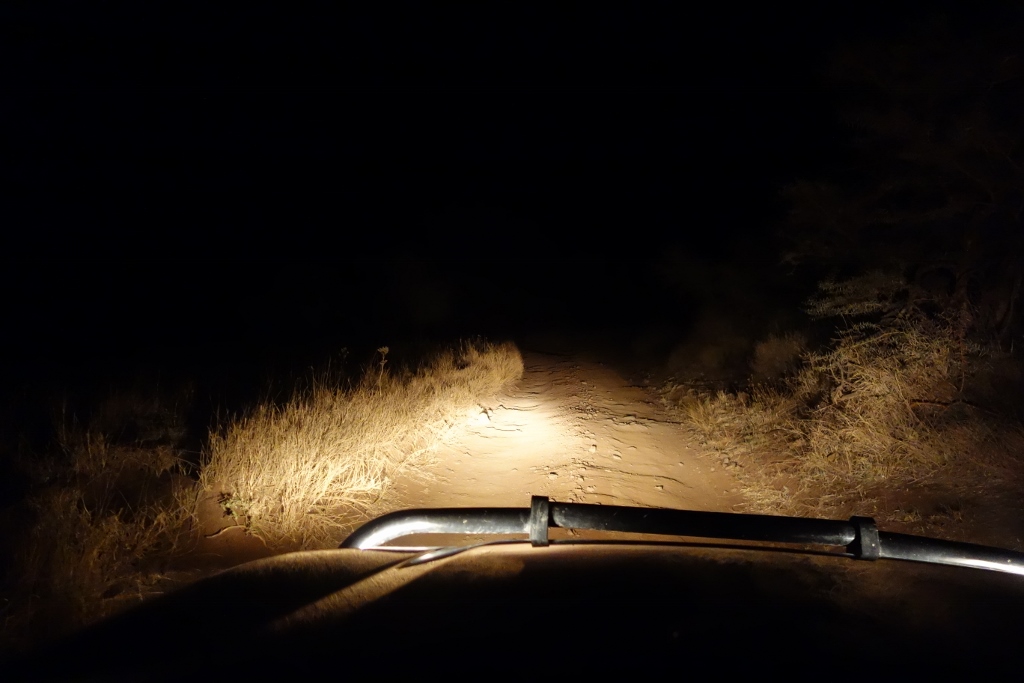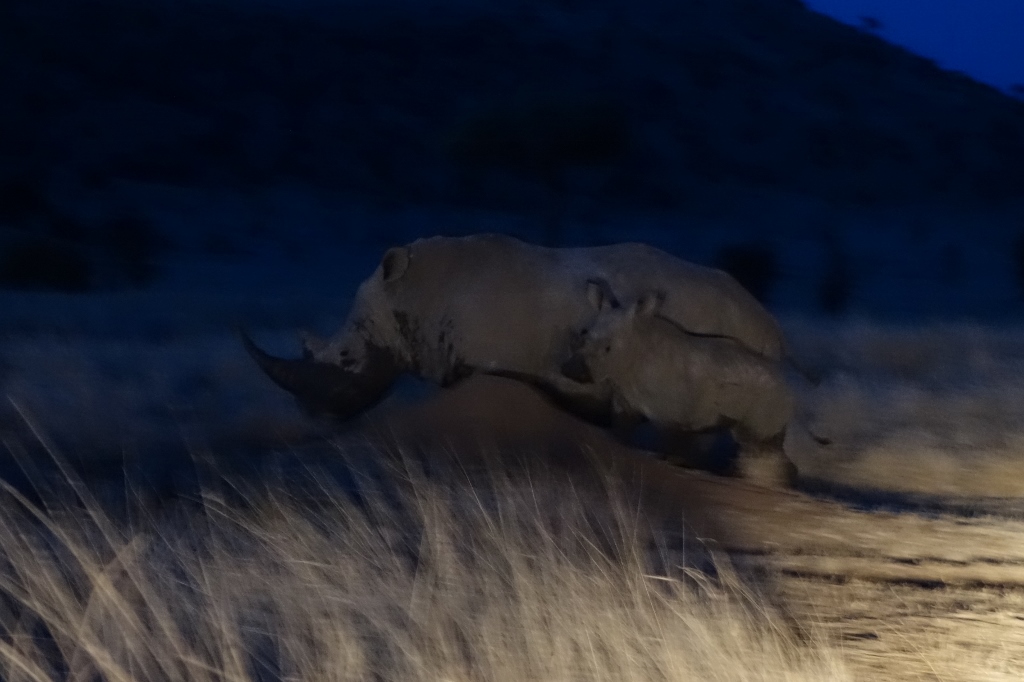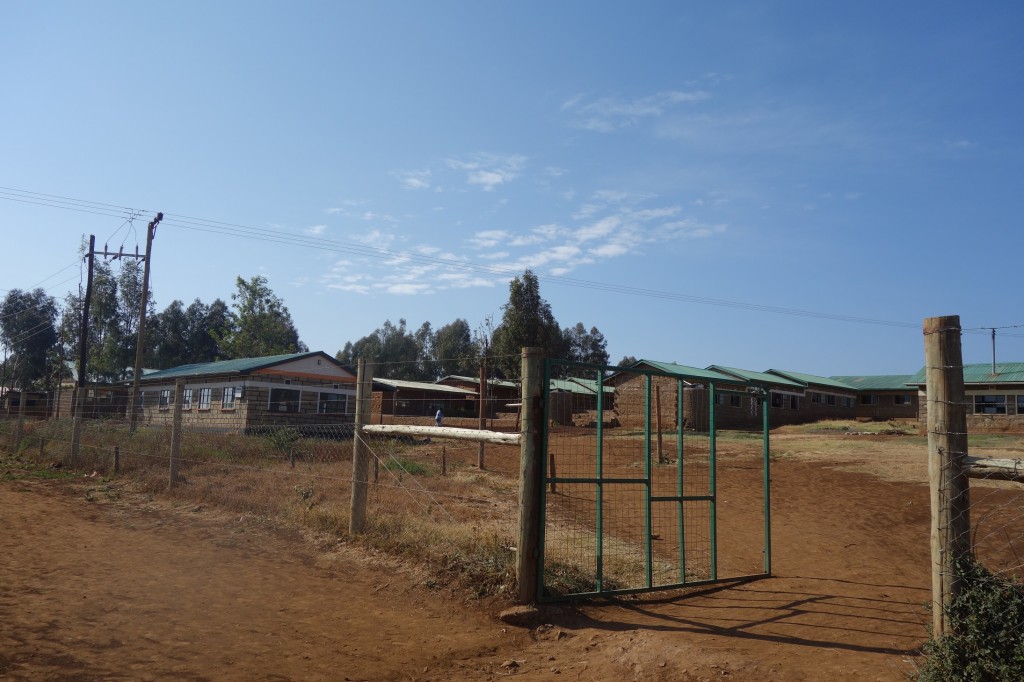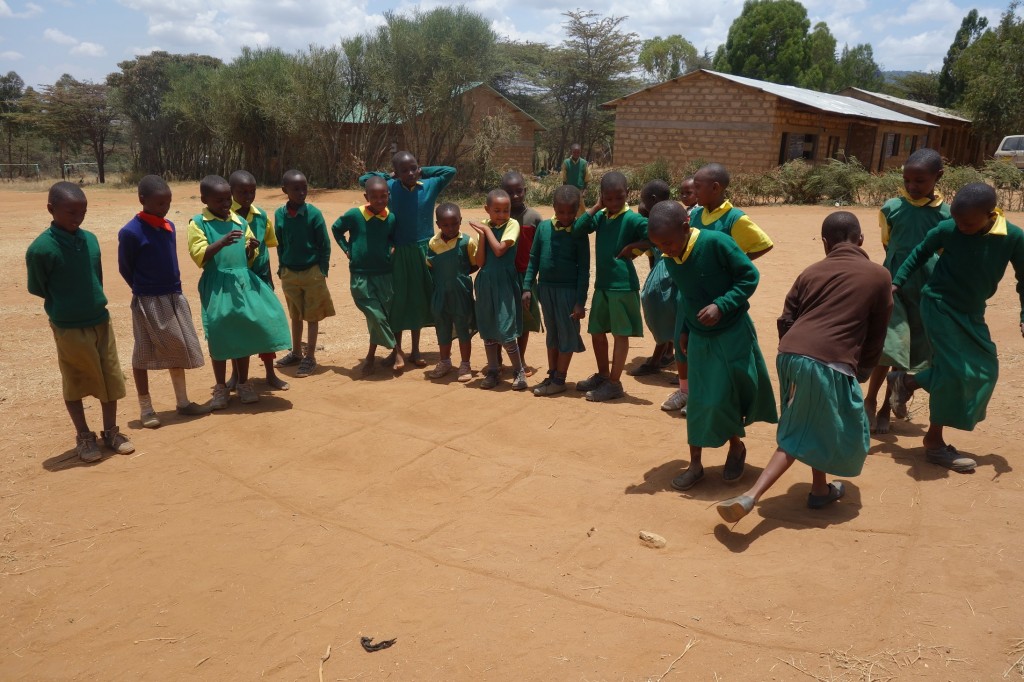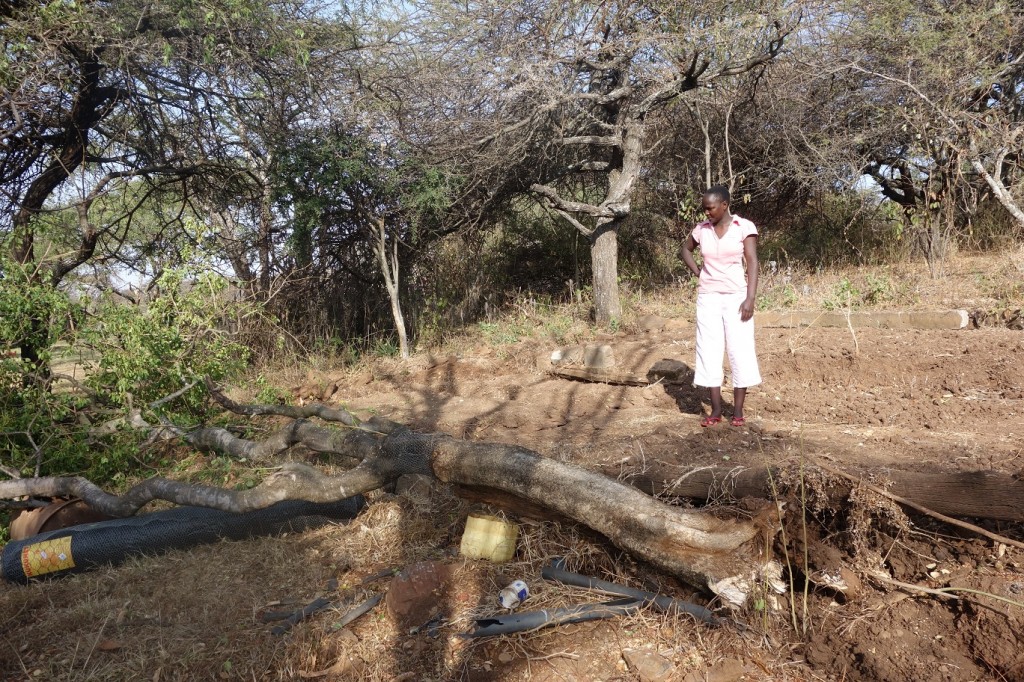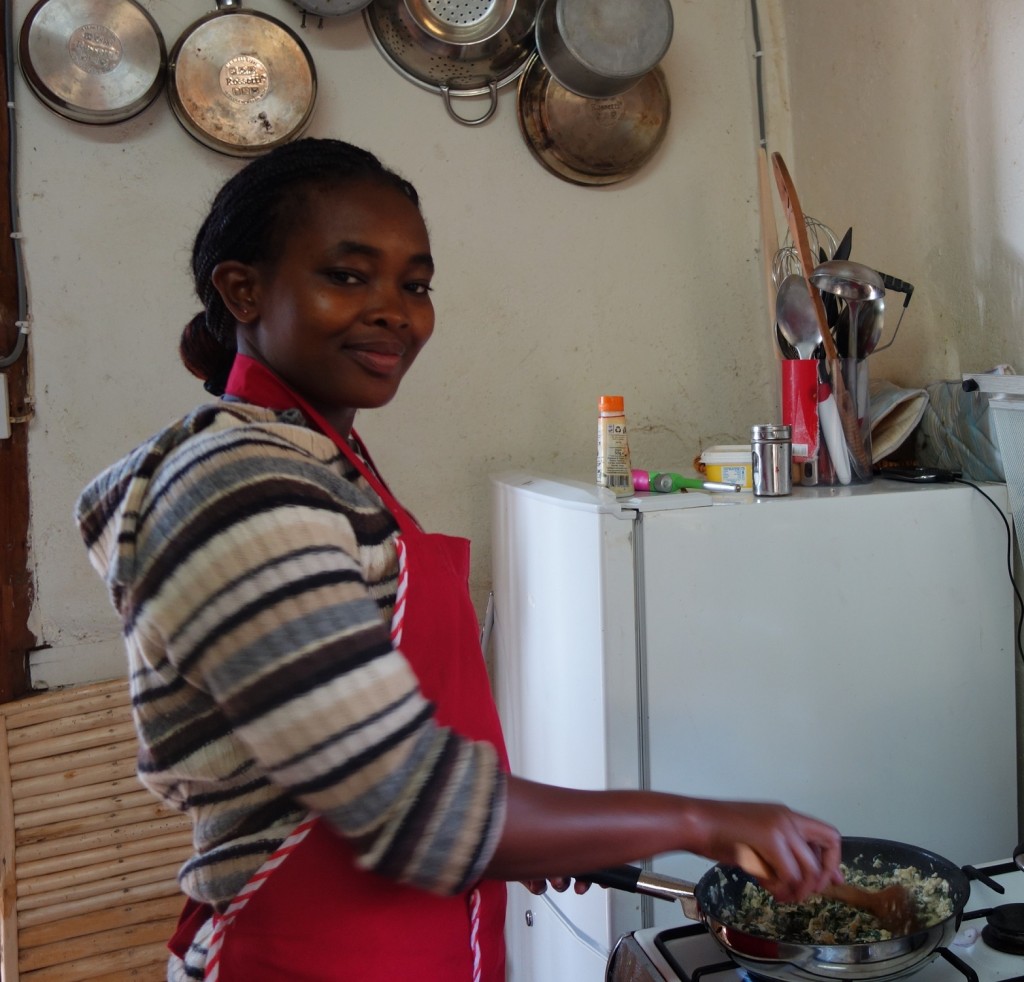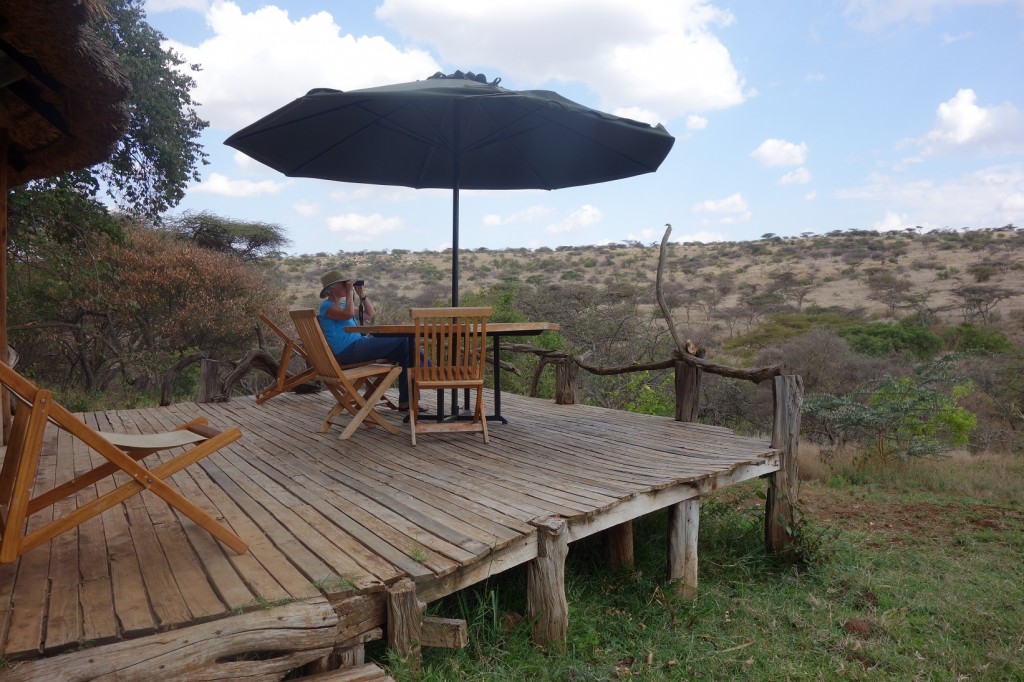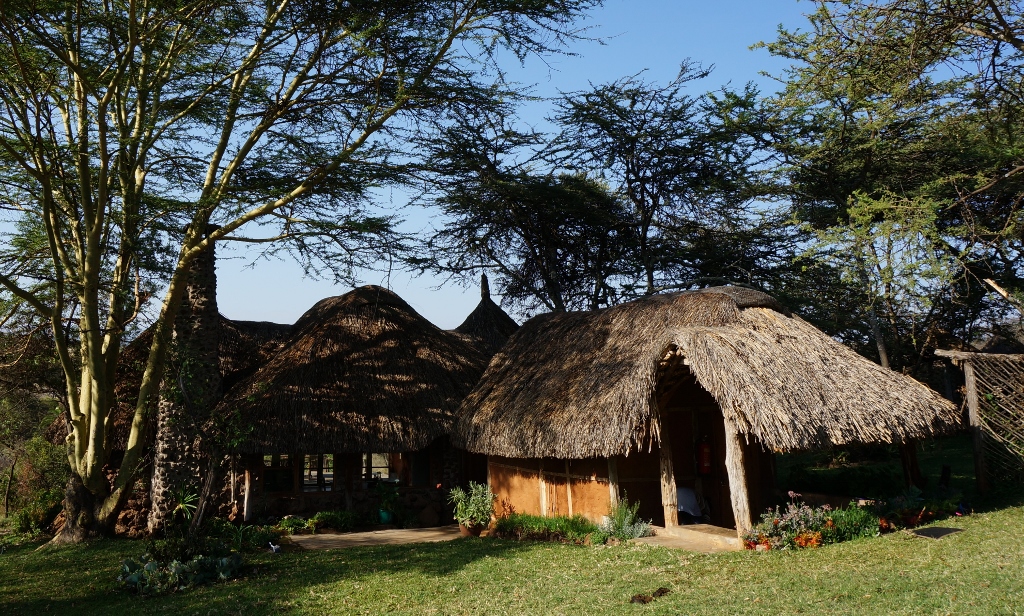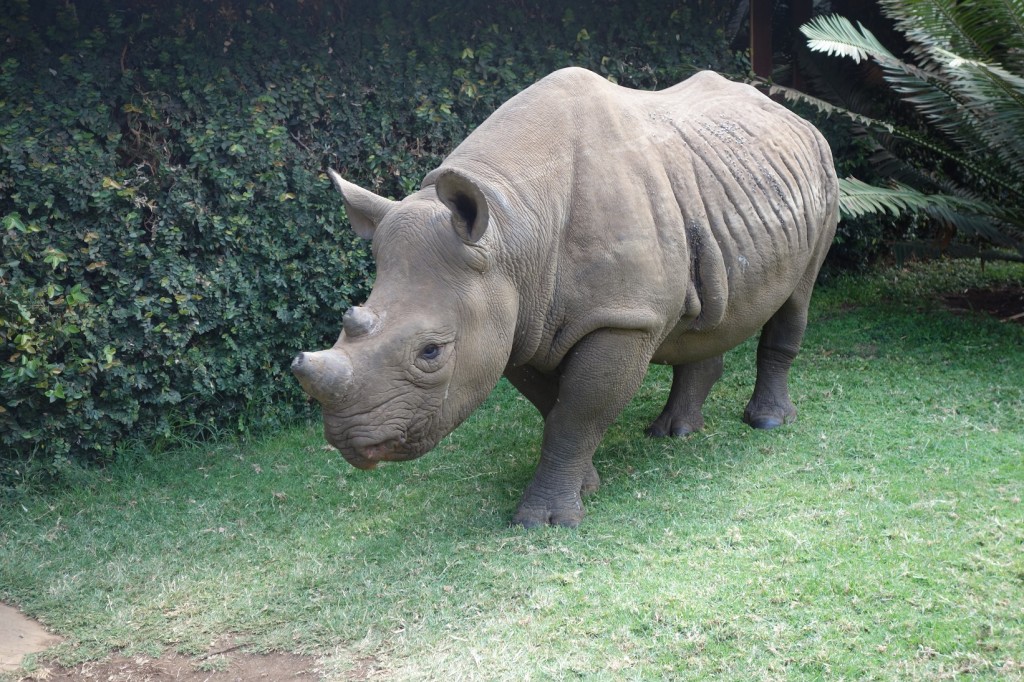
An elephant family
An elephant parade went through our swamp Monday morning. Dozens of them; large family groups with big males at the front, mothers bringing up the rear and babies sandwiched in between. They moved steadily and determinedly, grazing briefly on the tall grasses in the swamp and then pushing on into the dry grasslands. We were told they were migrating north, using the daylight hours to travel through the “safe” territory of Lewa. By nightfall they would be at the Lewa boundary, positioned to traverse the more dangerous, poacher prone districts under cover of darkness.
We watched from the breakfast terrace at Ngiri House, occasionally picking up binoculars to study a particular elephant cluster or scan the surrounding area for other animals. On one such scan I spotted a lone baby elephant wandering in the grass at the edge of the swamp, heading west rather than north with the rest. Where was its mother? Where was it going? As breakfast progressed I kept track of it, willing it to turn and join the safety of a large family group. I was worried. A baby elephant, I told John, should not be wandering around by itself. There were lions out there more than capable of taking him (or her) down.
Continue reading →

